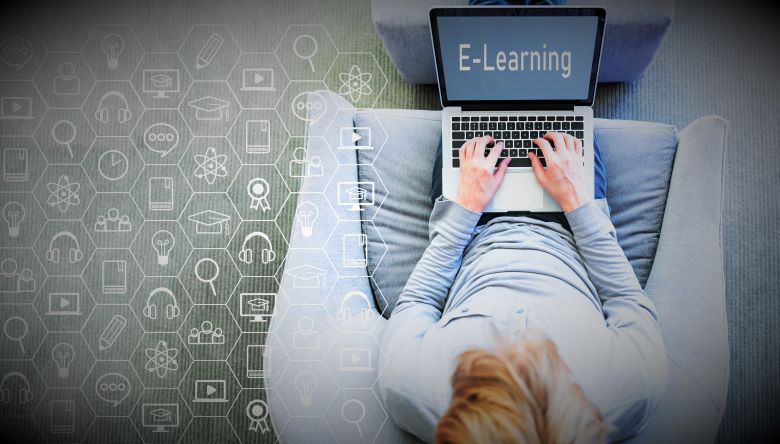Four Ps of Virtual Education in a COVID Environment

If delivering education virtually was previously a niche market, an infrequent occurrence, an inferior experience or an after-thought, it is no longer. If it took a pandemic to establish a new paradigm to open the eyes of our world to realize the power of virtual education, then COVID-19 was a very dark cloud with a silver lining.
There are many variations of “virtual education” from playing a video online to a fulling interactive live session. At Online Trading Academy we provide both modalities in our blended learning model and for this article, we will focus on the interactive live session.
Online Trading Academy has been delivering robust education experiences for close to two decades. To now see every member of every household embracing the live, online modality is very exciting for us, because of the positive impact we have experienced that virtual education can be for students.
As OTA’s Vice President of Product Operations for 13 years, delivering an impactful online education experience is close to my heart. Creating something which students love doesn’t just happen. I have found there are 4 key components that must be present:
Four P’s of Virtual Education
- Personal: With highspeed internet, high definition webcams and free smart phone apps that offer video phone conversations, gone are the days when “voice over PowerPoint” is all you need. The world now expects the instructor to be present on the screen. Seeing the expression and mannerisms of the instructor and not just hearing their voice, is no longer a distraction to learning but rather a key component for shrinking the distance, in distance learning.
- Pace: The tolerance of low to no activity in a virtual education environment is measured in seconds as compared to minutes in a traditional instructor-led class. When there is silence online, students immediately assume there is something wrong with the technology or jump to a conclusion that creates distraction. In addition, there are too many potential distractions when participating from home that will win the attention-battle if the delivery-pace is slow and not purposeful.
- Pieces: Pieces, parts and particles. The bottom line is the education must be organized and presented in bite-size, snackable pieces that provide a rhythm of learning, where the instruction is to-the-point, actionable by the student and followed by informed feedback.
- Participation: Online delivery must be interactive. If a student is not “doing something” within 5 minutes and certainly no more than 10 minutes, the attention gets distracted, and the level of effective learning drops significantly. The virtual learning experience must be one of facilitated learning, with leading questions that spark curiosity and insights and frequent activities that engage the learner.
In these times, more than ever before, educational institutions must leverage the technology to find creative and effective ways of reaching students where they are at; physically, psychologically, and emotionally; anytime, anywhere, and anyhow. The bar is set high. The silver lining of the COVID-19 dark cloud is helping to make our world aware that this bar can be exceeded using virtual, live education, when delivered well!